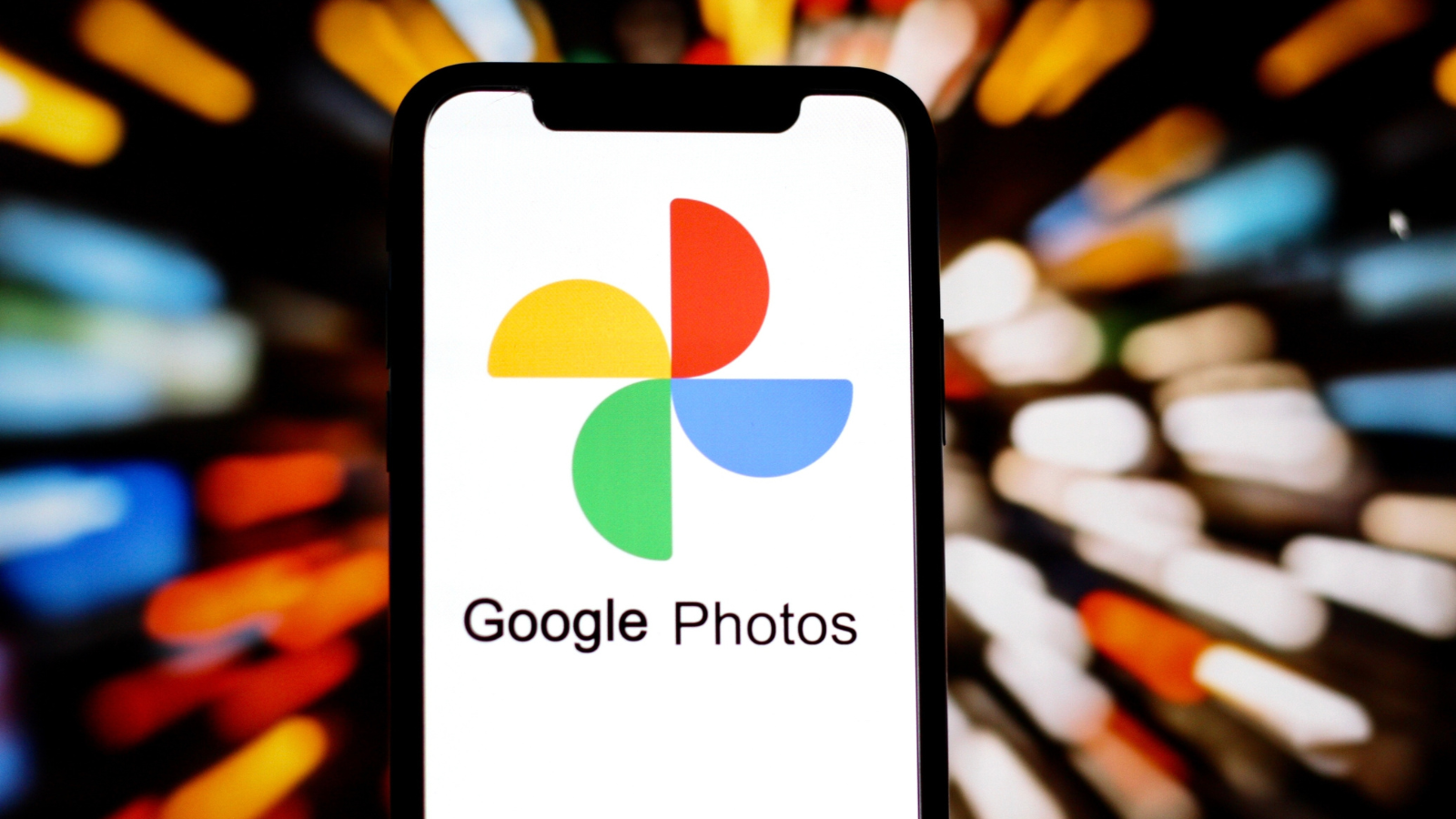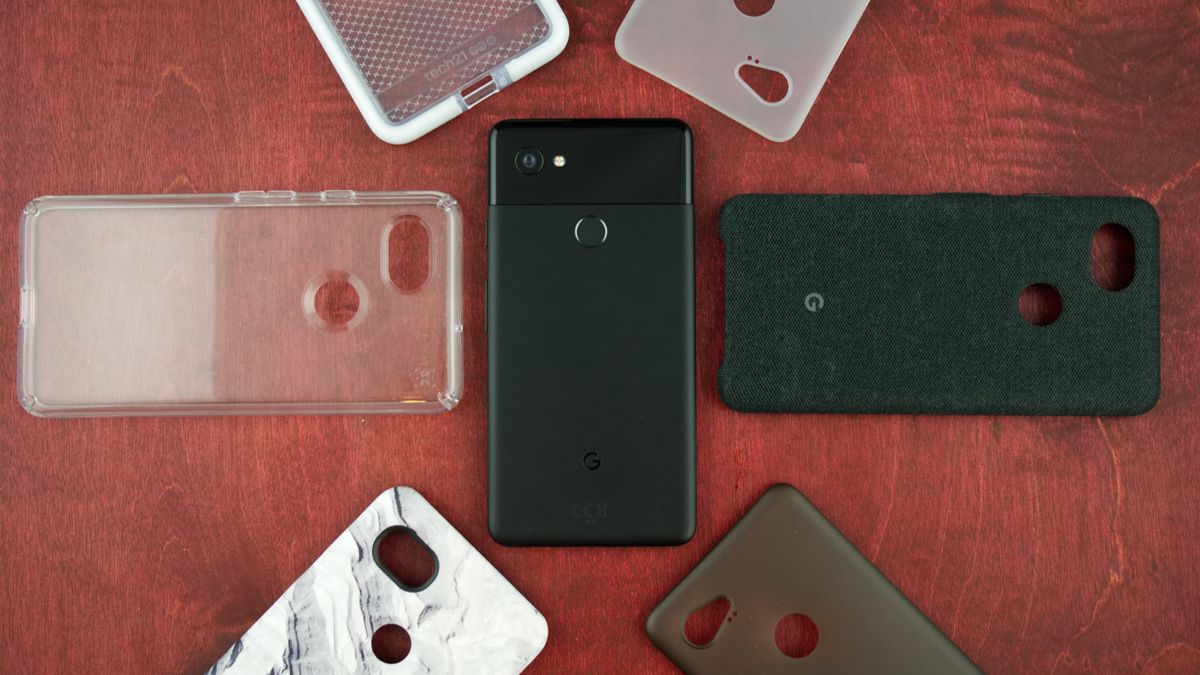
UXDESIGN.CC
What does it really mean to have an experience?
How different definitions of experience shape product perspectives.Photo by Lucas Gallone onUnsplashThinking about UX philosophyI think weve all been through this: there I was, an innocent user browsing through internet pagesa netizen, some might saywhen I landed on a site and found myself hopelessly bogged down by messages, pop-ups, and ads that appeared on my screen in a Kafkaesque way: to close one, I had to close another, and vice versa. And, of course, irritated, I complained to my two kittens about how terrible that experience was (without swearing because theyre justbabies).But then, something Ive been thinking about for a long time came back to my mind. Those of us working in UX talk about user experience all the time, but what does that really mean? Or, to be even bolder, what does it mean to have an experience in the first place? To make things worse, as I started asking around, I realized there wasnt really a consensus onthis.So, I decided to do some academic research and found definitions of all sorts: from persona-driven cases to a semantic reductionism that turns UX into scores (having a good UX means getting a good score on UX metrics, for example). Well, as someone with a bit of a background in philosophy, I wondered if I shouldnt investigate this more thoroughly. The idea here isnt to present you with The Definitive Definition of User Experience, but to talk about different points of view that can emerge and how they can shape different perspectives on UX, leading us to some specific paths in our projects.Pocket definition: UX for pragmatistsThe first definition is probably the one that many of you may already follow, at least indirectly. In 1998, Don Norman and Jakob Nielsen defined UX as follows: User experience encompasses all aspects of the end-users interaction with the company, its services, and its products. In the continuation of the text, the authors highlight that an exemplary experience meets customer needs, discuss the simplicity and elegance of design, and even dive into the utilitarian pleasures of interaction.Notice that the central word here is interaction; the experience doesnt exist in the user or in the system but at the point of interconnection between themits a point-of-contact-definition. But if it is so focused on interaction, does that mean that when I fall for online trolls and spend hours angry at someone who insulted me, this ceases to be part of my experience when I put down my phone? If there are more serious legal consequences, does the courtroom become part of the user experience? If UX lies in the interaction only, it includes the feelings I have during that interaction, but it cannot extend to continuous, lasting effects caused by that experience.Its a good definition. But can we see UX from other perspectives? After all, it may not seem like it, but Norman and Nielsen didnt found a churchand now Im slightly afraid I might be living in sin without realizing it.Illustration representing the concept of Pocket Definition, created using Excalidraw.Experience as a fusion ofhorizonsThe truth of experience always implies an orientation toward new experience GadamerI think its interesting to start with less obvious points of departure in the alternative definitions. Hans-Georg Gadamer, a major name in contemporary hermeneutics, argued that experiencing life isnt something we do in isolation but a constant process of dialogue between the individual and theworld.You are a person shaped by contexts and stories that taught you how to make sense of the world, and you always carry this baggage with you. So, when you use an app, you dont just absorb that contentyou interpret it based on your own experiences and values. This fusion of horizons, where past and present meet, is what defines the experience. And as the user lives in this horizon, all consequences generated from this fusion continue to be part of the experience. Here, your present experience becomes a constitutive part of the users futureself.In this sense, a professional following Gadamers interpretivism would see UX as a constant dialogue between the designer and the user, a conversation of mutual interpretation of actions, symbols, and signs. The extent of this experience is not limited to the interaction; it persists according to the impact it has on the users life. The products we work on can have significant impacts, for better or worse, on the lives of those who usethem.The infamous case of the Tinder Swindler, which became both a Netflix documentary and a book, serves as a striking example. It all started with simple user interactions on the popular dating app. A man, using a false identity, approached multiple women through luxurious dates, posing as a millionaire under threat. Through skillful manipulation, he managed to extort money from them. The result? Women left burdened with debt and a fraudster wanted in multiple countries. This is a clear case of users living with the consequences of their online experiences.Photo by Mika Baumeister onUnsplashIm not arguing that Tinders designers are to blame for the consequences. Users want to meet new people, and Tinder provides that with an experience designed to encourage quick initial decisions. Users are individuals responsible for their own actions. However, everything they lived still remains part of their experience.All UX analyses that start from common premises for identifying icons, texts, and functionalities through mental shortcuts apply Gadamers philosophy in some way. But its more than that. The impact of social networks on users mental health has effects that extend beyond the point of interaction between the user and the machine. Cybercrimes, investments through apps, economic decisions, scheduling a medical appointment onlineall these can have consequences that impact a persons life in a lasting way. Its not just about closing your eyes and turning off your phone screen. An average user lives with the consequences of the actions performed with yourproduct.As Sjors Timmer argues, this philosophy does not need to be limited to users, as it holds important lessons for designers themselves. It teaches the dialectical process of looking at the part and trying to understand what it means for the whole, or looking at the whole and understanding what it means for the part. From this, one understands that any future design will always be a consequence of the experiences established in past projects. Engaging in dialogue with this past is the best way to let go of the preconceptions that have beencreated.Illustration of the philosophical concept of Fusion of Horizons, created using Excalidraw.The experience of the body: a phenomenological perspective.the body expresses total existence, not because it is an external accompaniment to that existence, but because existence realizes itself in the body- Merleau-PontyMerleau-Ponty, a critic of behaviorism, sees experience as something not just mental or cognitiveit is embodied. You experience the world through your body, through your physical sensations; you feel theworld.Moreover, experience is never passive. The user is never an individual passively receiving information from the designer of that product: they act upon the world. The human body interacts with its surroundings, and this interaction defines how we see and understand the world. I think weve all seen the famous meme of how UX was made vs. how the user uses it. This would explain why that happens. The user isnt a passive pole in the equation. Theyll look at your product and poke, prod, turn it upside down, and, next thing you know, theyre wearing socks on their handsbecause, in some way, that makes more sense tothem.To be a body, is to be tied to a certain world, as we have seen; our body is not primarily in space: it is of it.- Merleau-PontyIt is up to the designer of the experience to understand this activity of the user and connect with their body; if you want to guide them, do it not just through their eyes and earsdo it through their whole body. Make the experience complete. The digital world, if thats the kind of product youre designing, doesnt create experiences that are extinguished digitally; it creates real experiences that reflect in the users body and generate lasting embodied impacts. Some philosophers would even question whether these digital systems today not only act upon our bodies but actually become a part of them. But thats a discussion for anothertime.https://medium.com/media/0482e002bb1c86ac892a8f50f9d17ca9/hrefThere are some areas that can greatly benefit from a UX philosophy focused on the body: products involving ergonomics, virtual reality, and augmented reality are among the most common. Much of the PlayStation 5 advertising focused on the haptic feedback of the DualSense. But the same happens with products that make you jump in fright, cry with emotion, have scatological reactions, and visceral responsesand, if we think about it, every pornographic website too. Its not just about eyes and fingers; even in the digital world, we are experiencing things in a completeway.Illustration explaining UX Phenomenology, created using Excalidraw.PostmodernismA plateau is always in the middle, not at the beginning or the end. A rhizome is made of plateaus. Deleuze andGuattariThere are many postmodernisms. But something we can trace in common is the view that the world has abandoned grand narratives (all-encompassing visions of things) in favor of a world closed off in micronarratives. In this way, if we follow Lyotard, experience is a mosaic of fragmented micro-events, each with its own meanings.Think about how fragmented a users experience of your app is. They are quickly transitioning between messaging apps, social media, e-commerce, and games. Sometimes all of this happens in just a few minutes. All of this together forms a mosaic of that users digital presence, and the experience you designed for them is part of a larger whole of a greater experience they are having in the digitalworld.Your design is just one of many experiences your user encounters in each moment. Photo by Hugh Han on Unsplash.As a UX philosophy, this means recognizing your product as only a fraction of the users overall experience, and that a good experience might arise precisely from the efficiency in communicating and being understood within a fraction of a persons attentionmaking oneself understood amidst fragmented shards. To complement with Deleuze and Guattari, it is a rhizomatic experience, without a center, where each point is connected to others in a horizontal and non-hierarchical way. There are no predefined routes, and each user will have their own way and time to deal with the experience created.Each product can interpret this differently. Movie streaming apps, for instance, rely more heavily on sustained attention from users. But what if thats not the case for you? Might it be better to have a postmodern perspective on UX and be ready to develop an experience suited to fragmented consumption? Perhaps users want what youre designing, but just a little bit now, a bit more later, consuming bits of a thousand other things inbetween.Illustration depicting the key elements of UX postmodernism, created using Excalidraw. And thats an exaggerationyour product probably represents a much smaller fraction of the users experience.Your vision of experience is also a worldview (and a productview)Im not here positioning myself to present you with a definitive view of what is experience, or more specifically, user experience. My aim was not to exhaust all possible definitions, but to show how different philosophies can shape the way we see UX andproduct.The act of thinking more deeply about these definitions can help us, each approach in its own way, to interpret and understand the actions of the users we study, how they deal with our products, and what the scope and consequences of the experience we design for themare.In most usability tests I see, the focus is more precisely on interaction, as in the pragmatic definition of UX. But cant we also design these experiences with the long-term effects they might have on users in mind? Or starting from the premise that your product is just a fragment of the experience they are having at that moment and that you should take this into account in someactions?Philosophizing about UX is not just an exercise in curiosity. When we are working with user experience, its important to be clear about what we understand as experience. This has an impact on test metrics, interface, and, above all, on strategic business decisions. And this does not depend on a unified definition of UX. Sometimes, having a project with professionals holding different perspectives on the aforementioned definitionsand otherscan generate even more innovative viewpoints. Like in that joke, you know? A pragmatist, a phenomenologist, and a postmodernist walk into a workshop[1] Norman, D., & Nielsen, J. (1998, August 8). The Definition of User Experience (UX). Nielsen Norman Group. Retrieved from https:/www.nngroup.com/articles/definition-user-experience/.[2] Gadamer, H.-G. (2004). Truth and method (2nd ed., J. Weinsheimer & D. G. Marshall, Trans.). Bloomsbury Publishing. (Original work published 1960, p.350).[3] Timmer, S. (2014). Conversations with the past: Hermeneutics for designers. Medium. Retrieved from https://medium.com/next-iteration/conversations-with-the-past-hermeneutics-for-designers-103a9151a07a[4] Merleau-Ponty, M. (1962). Phenomenology of perception (C. Smith, Trans.). Routledge & Kegan Paul. (Original work published 1945, p. 192).[5] Idem, p.171.[6] Deleuze, G., & Guattari, F. (1987). A thousand plateaus: Capitalism and schizophrenia (B. Massumi, Trans.). University of Minnesota Press. (p.23).What does it really mean to have an experience? was originally published in UX Collective on Medium, where people are continuing the conversation by highlighting and responding to this story.
0 Комментарии
0 Поделились
114 Просмотры











